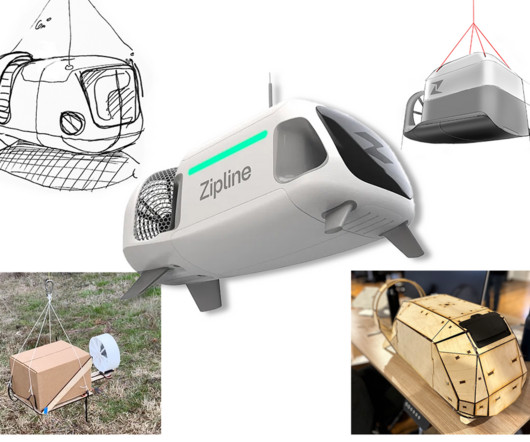NASA testing new boundary layer ingesting (BLI) propulsor; 4-8% fuel burn savings over current advanced engines
Green Car Congress
DECEMBER 12, 2016
MIT and NASA engineers earlier proposed the D8 Series as one future aircraft design concept that uses boundary layer ingestion. NASA is testing the propulsor, designed by United Technologies Research Center with research conducted by Virginia Polytechnic and State University, in its 8' x 6' Wind Tunnel at NASA Glenn in Cleveland, Ohio.












Let's personalize your content